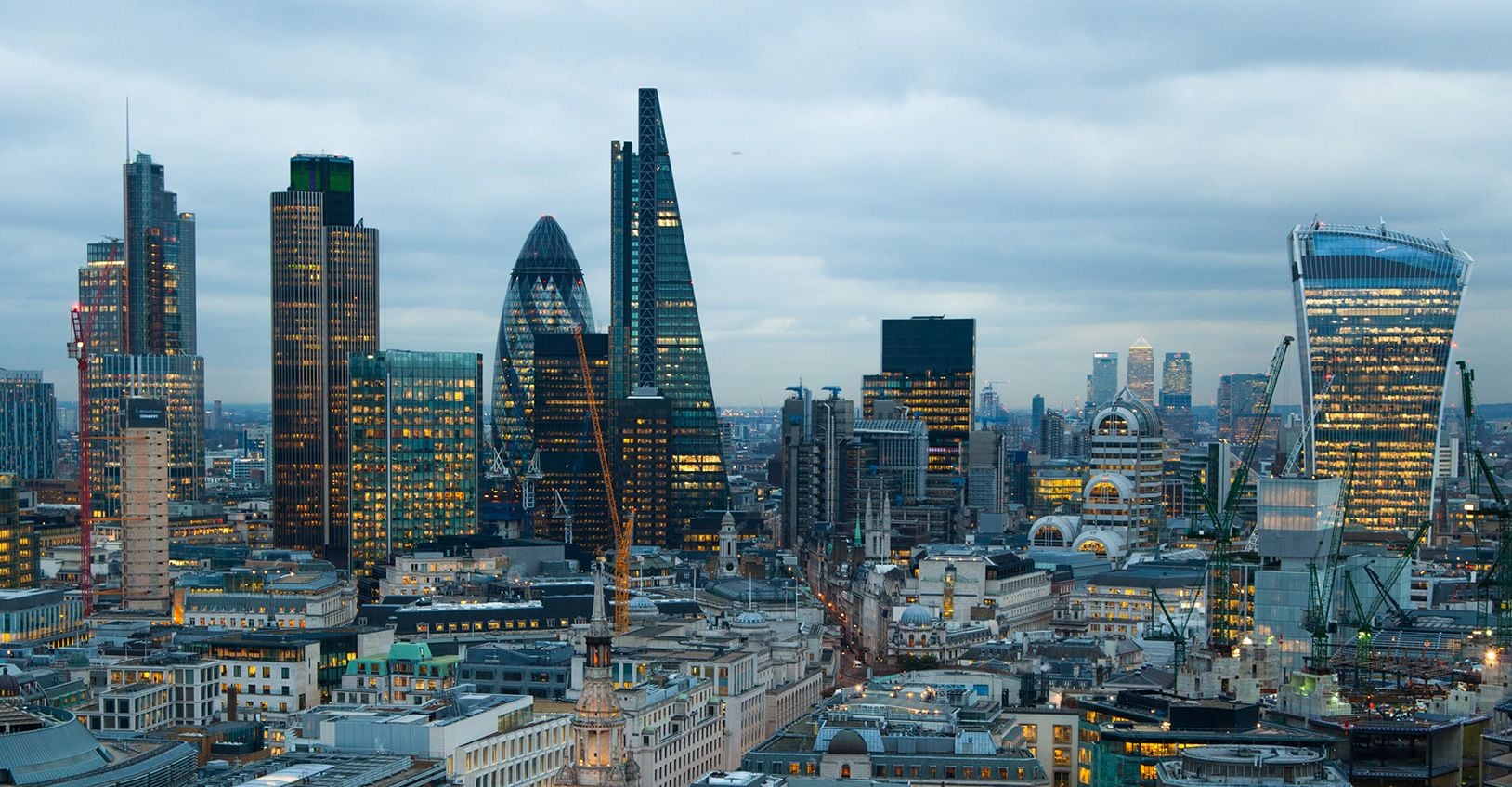The Pound-to-Dollar Rate will Spend 2019 Trapped Near Current Lows says Barclays
- Written by: James Skinner

© IRStone, Adobe Stock
- Uncertainty to keep GBP near its current lows in 2019 says Barclays.
- Q1 rally, as Brexit deal passes, will give way to even further uncertainty.
- While the Fed will be hiking interest rates and driving USD even higher.
The Pound-to-Dollar rate will spend much of the next year trapped near its post-referendum lows, according to the latest forecasts from Barclays, as Brexit-related uncertainty damages confidence in the Bank of England (BoE) outlook.
The Pound actually rose a fraction against the Dollar Tuesday as markets bet that a looming parliamentary ballot of confidence in Prime Minister Theresa May will strengthen her grip on power for another 12 months and amount to a de-facto approval of the EU Withdrawal Agreement by Conservative Party MPs.
But Sterling has fallen by -7.1% against the Dollar in 2018, with half of that loss being wracked up since the beginning of November when markets began to realise the EU Withdrawal Agreement could be the end of the Prime Minister. Barclays says weakness, which has pushed the Pound-to-Dollar rate down to 1.25 for the first time since April 2017, is here to stay.
"We expect the positive momentum for sterling to persist for a quarter or so, but start modestly reversing, given mixed UK data, uncertainty about the outlook of the UK’s trade relations with the EU and the lack of market confidence in the BoE’s hiking path," says Marvin Barth, head of FX strategy at Barclays, referring to Sterling's anticipted response to parliament's eventual approval of the Withdrawal Agreement.
Above: Pound-to-Dollar rate at daily intervals.
Barth and Barclays team assume parliament will approve the PM's withdrawal proposal some time in 2019 and that this will lead to a rally in the Pound-to-Dollar and Pound-to-Euro exchange rates, but that the resulting gains will not be sustained for long. Lingering uncertainty over the shape of the UK's future trade relationship with the EU will ensure it.
That trade relationship will only begin to be negotiated after March 29, 2019 when the UK has departed the EU, and by some accounts once the EU already has recieved most of what it could hope to achieve in the negotiations. This sets the stage for a lengthy period of talks that leaves the economy beneath a cloak of uncertainty for an extended period.
Uncertainty about the outlook for the economy will make forecasting growth and inflation all the more difficult and so could easily see the Bank of England prevented from delivering the one solitary interest rate rise each year that markets have been hoping for, depriving Pound Sterling of crucial support in the process.
"With markets underpricing the Fed, in our view, and overly exuberant on trade tensions, we expect the USD to rebound towards the upper end of its range early in 2019 as the likelihood of sustained Fed hikes becomes more apparent," Barth says, in Barclays' 2019 outlook.
Uncertainty about the interest rate outlook will have an even more debilitating impact on the Pound-to-Dollar rate next year because it will come against a bullish backdrop for the U.S. Dollar, which Barclays says could rise in 2019 as the Federal Reserve (Fed) goes on lifting its own interest rate at the same steady pace it has done so far in 2018.
Above: Pound-to-Dollar rate at weekly intervals.
Investors have recently been anticipating that the Federal Reserve may move to the sidelines next year so interest rate derivative markets have only one interest rate rise baked into current pricing. If and when pricing in those markets moves to reflect Barth's scenario of another three or four Fed rate hikes, the Dollar may receive a material tailwind of support.
That will almost certainly be negative for the Pound-to-Dollar rate, which Barclays forecasts will rise to 1.31 in March 2019 before declining back to 1.28 in time for year-end. The Pound was quoted at 1.28 last Friday but has since fallen to 1.25.
The BoE has already raised its interest rate twice in just over a year, taking it up to 0.75%, and issued guidance suggesting it will raise rates around once every year until 2021. But the market's own outlook has deteriorated of late.
The market-implied Bank Rate now sits below the current cash rate of 0.75% all the way out until June 2019, suggesting investors are increasingly contemplating the odds of an interest rate cut being delivered over the coming months.
Previously, at the beginning of October, it was only the November and December months where the implied rate was beneath the actual cash rate. The next rate rise is now not fully priced into markets until well into 2020.
And during that October-to-December period the Pound has suffered around half of its 2018 loss, demonstrating perfectly how political uncertainty can put a dent in the outlooks for interest rates and a currency.
Advertisement
Bank-beating exchange rates. Get up to 5% more foreign exchange by using a specialist provider to get closer to the real market rate and avoid the gaping spreads charged by your bank when providing currency. Learn more here




